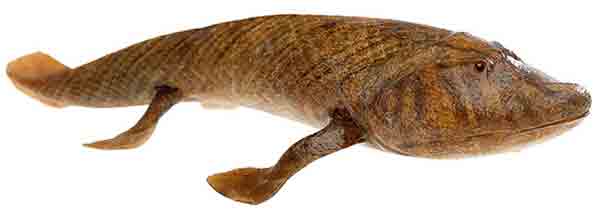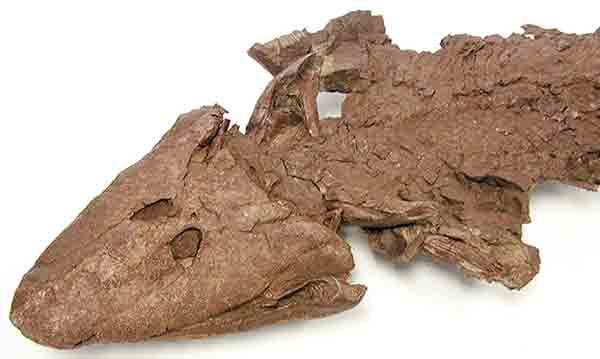-
Minerals & Gems
- Dropdown gift ideas
-
Dropdown crystaltherapy
- Dropdown lots kits and packaging
- Dropdown tumbled stones
- Dropdown worked points
- Dropdown masseurs sticks pebbles salts
- Dropdown pendulums or pendants
- Dropdown pyramids
- Dropdown spheres and eggs (ovos)
- Dropdown agata slices
- Dropdown figured stones
- Dropdown moqui abalone Apache tears shiva lingam
- Dropdown ornaments and gadgets
- Dropdown costume jewelry tumbled stones
- Dropdown jewels and worked gems
- Dropdown raw minerals, rocks and crystals
- Dropdown meteorites volcanoes
-
Insects
- Dropdown gift ideas
- Dropdown butterflies (Lepidoptera)
- Dropdown coleopters
- Dropdown arachnids
- Dropdown dragonflies
- Dropdown hymenopters
- Dropdown hemipterons
- Dropdown Diptera
- Dropdown orthopterians
- Dropdown other insects
- Dropdown italian palearctic insects
- Dropdown insects stocks
- Shells
- Sharks
- Other Items
-
Fossils
- Dropdown gift ideas books
- Dropdown reptiles and dinosaurs
- Dropdown mammals
- Dropdown fishes and sharks
- Dropdown amphibians and birds
- Dropdown ammonites and shells
- Dropdown trilobites and other invertebrates
- Dropdown ambers and vegetables
- Dropdown stone hand-made other
- Dropdown fossil stocks and in boxes
- Taxidermy
- Equipment


 believed that tiktaalik represents a transitional form among fishes like Panderichthys, lived about 385 million years ago, and the first tetrapods such as Acanthostega and Ichthyostega, lived about 365 million years ago.
believed that tiktaalik represents a transitional form among fishes like Panderichthys, lived about 385 million years ago, and the first tetrapods such as Acanthostega and Ichthyostega, lived about 365 million years ago. eyes on the top of the head, suggesting the idea that it would take a long time to look to the surface. The jaws are well developed and adapted to grasp the prey, with sharp teeth of predatory fish, and on the skull one can highlight a small squirrel crawl that, in more developed animals, has evolved into one ear. Of note is the presence of nostrils at the top of the head, above the eyes, suggesting that this creature possessed primitive lungs in addition to the gills. Such adaptation would be useful in shallow water, whose high temperature leads to a low dissolved oxygen content. The development of the lungs also explains the evolution in the tiktaalik of a more robust chest than a fish and with ribs similar to those of tetrapods, which is very useful in supporting the body weight in the event of out-of-water excursions. It then represented a key evolutionary trait for adapting to life on the mainland. In addition, tiktaalik, having gills and flakes, lacks a characteristic feature of many fish, that is, bladder plaques in the area of the gills that reduce the lateral movements of the head. This means that this species is the first fish with a neck, which would have given him more freedom in hunting the prey on both land and water.
eyes on the top of the head, suggesting the idea that it would take a long time to look to the surface. The jaws are well developed and adapted to grasp the prey, with sharp teeth of predatory fish, and on the skull one can highlight a small squirrel crawl that, in more developed animals, has evolved into one ear. Of note is the presence of nostrils at the top of the head, above the eyes, suggesting that this creature possessed primitive lungs in addition to the gills. Such adaptation would be useful in shallow water, whose high temperature leads to a low dissolved oxygen content. The development of the lungs also explains the evolution in the tiktaalik of a more robust chest than a fish and with ribs similar to those of tetrapods, which is very useful in supporting the body weight in the event of out-of-water excursions. It then represented a key evolutionary trait for adapting to life on the mainland. In addition, tiktaalik, having gills and flakes, lacks a characteristic feature of many fish, that is, bladder plaques in the area of the gills that reduce the lateral movements of the head. This means that this species is the first fish with a neck, which would have given him more freedom in hunting the prey on both land and water.
